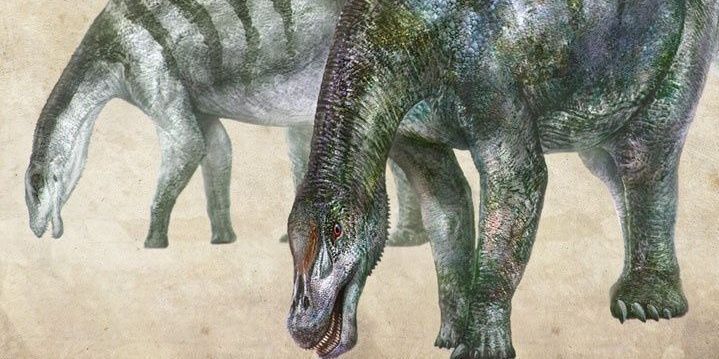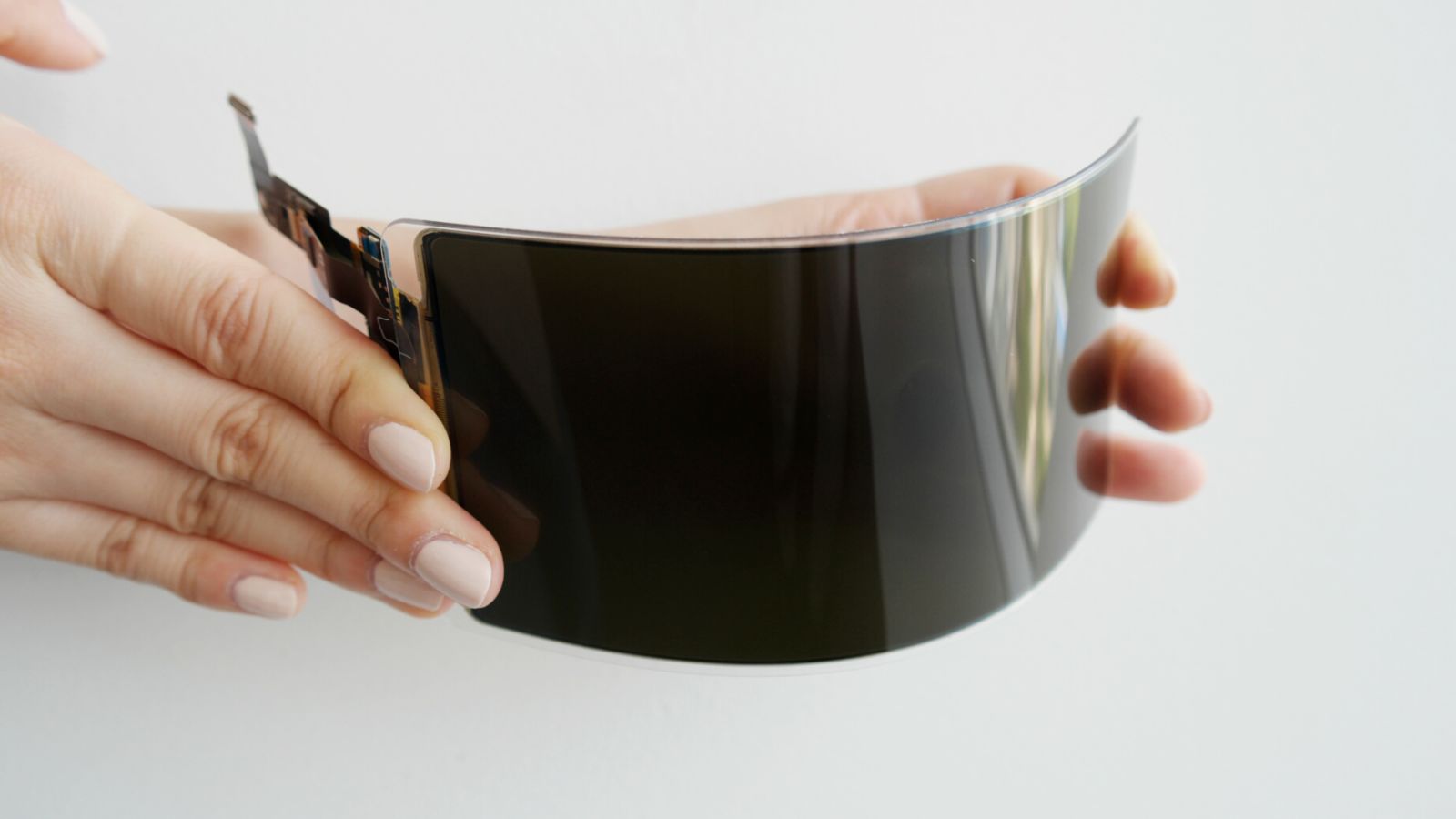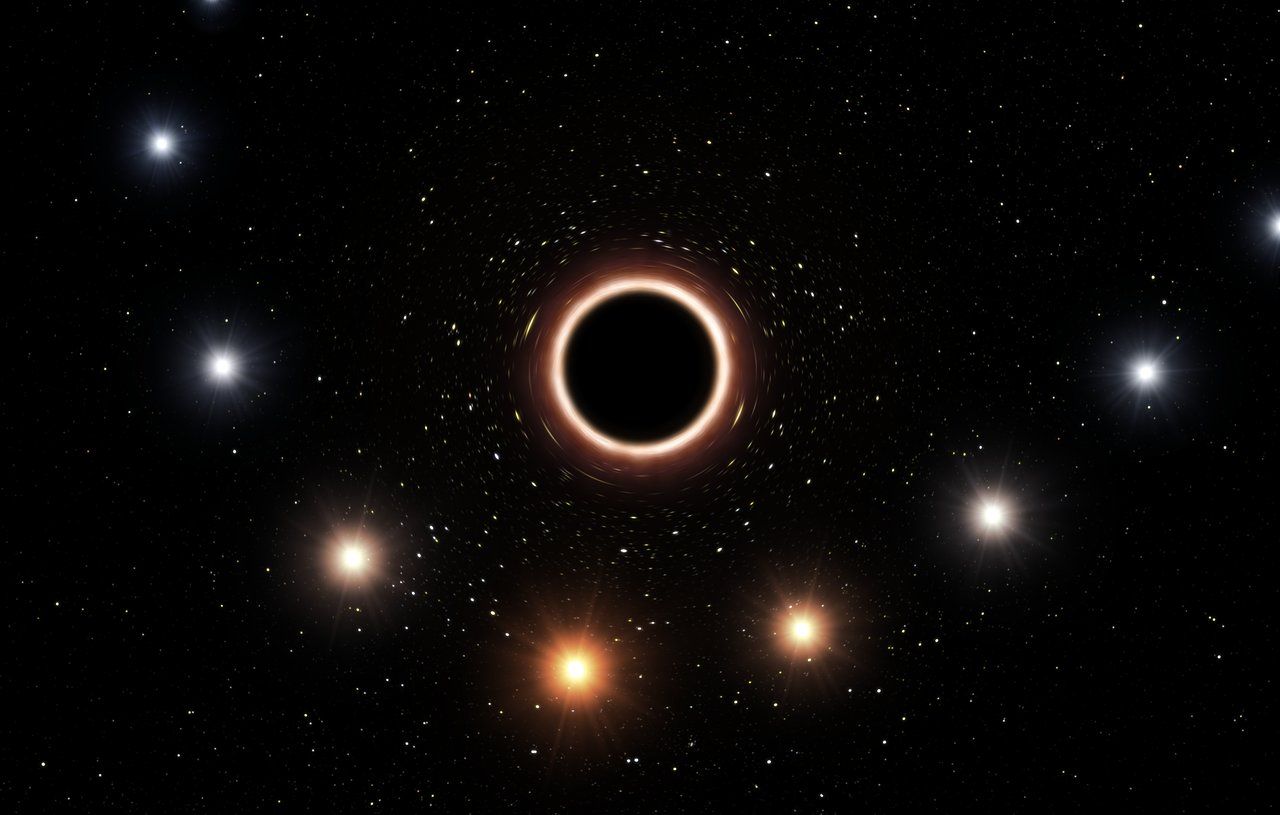According to widely accepting science, the Lingwulong shenqi shouldn’t exist.
Samsung proudly announced today that its “unbreakable smartphone panel” has been certified by Underwriters Laboratories (UL). This means this ultra durable display is much closer to very profitable things like military and automotive contracts. But let’s be serious. Somebody’s gonna find a way to break this thing, and I hope it’s me.
The new display owes its anti-destructive tendencies to a couple of innovations. Samsung says that the OLED panel has “an unbreakable substrate.” (A substrate is basically the coating that holds the display’s organic material, cathodes, and diodes together.) Additionally, the Samsung display uses a flexible new type of plastic that won’t crack like glass. So you can supposedly drop it, smash it, and bend it without breaking the display.
But the great potential of artificial intelligence shall become fully clear when considering its possible applications to drug discovery. It seems an era ago since the Human Genome Project was completed in 2003; since then, sequencing capabilities and softwares for data analysis rapidly established themselves as the new paradigm for drug discovery thanks to the increasing availability of IT technologies and the institutional and governmental support to big data analytics’ policies.
The exponential growth of the market
The annual growth rate of the market of artificial intelligence for healthcare applications has been recently estimated by Global Market Insights to be 40% CAGR (Compounded Average Growth Rate) per year up to 2024, starting from a value on $ 750 million in 2016.
Researchers have identified a group of materials that could be used to make even higher power batteries. The researchers, from the University of Cambridge, used materials with a complex crystalline structure and found that lithium ions move through them at rates that far exceed those of typical electrode materials, which equates to a much faster-charging battery.
Although these materials, known as niobium tungsten oxides, do not result in higher energy densities when used under typical cycling rates, they come into their own for fast charging applications. Additionally, their physical structure and chemical behaviour give researchers a valuable insight into how a safe, super-fast charging battery could be constructed, and suggest that the solution to next-generation batteries may come from unconventional materials. The results are reported in the journal Nature.
Many of the technologies we use every day have been getting smaller, faster and cheaper each year—with the notable exception of batteries. Apart from the possibility of a smartphone which could be fully charged in minutes, the challenges associated with making a better battery are holding back the widespread adoption of two major clean technologies: electric cars and grid-scale storage for solar power.
In the end, however, if the critics quoted in the Science article don’t care about global warming, fine – many people don’t. If they think renewables alone can do it, fine – some people do. I’m sure they’re well-intentioned. However, every leading climate scientist from Jim Hansen on down knows that we will not achieve any of our climate goals without a dramatic increase in both nuclear and renewables.
Since fast-reactors, like those that will be tested in the VITR, can get ten times the power out of the same fuel, can burn spent fuel and even depleted uranium like our old Iraqi tank armor, when we get to fast reactors as a significant portion of our energy we will have several thousand years of low-carbon power on hand.
That’s more energy than exists in all the coal, oil and natural gas in the ground right now.
A new way of administering drugs for wet age-related macular degeneration might be close.
Two studies by researchers at the University of Birmingham have shown that delivering drugs against the wet form of age-related macular degeneration (AMD) in the form of eyedrops might soon be possible in humans [1, 2].
What is age-related macular degeneration?
AMD is a pathology of the retina, which is a light-sensitive tissue located in the back of the eye and is similar to the film in a non-digital camera. Two-dimensional images are created on the retina and are subsequently transferred to the brain in the form of electrical neural impulses. Near the center of the retina is the macula, an oval-shaped region responsible for central, high-resolution, color vision. In AMD, the macula is damaged, impairing or preventing this kind of vision. AMD is progressive, but it cannot lead to total blindness, as it doesn’t affect peripheral vision. It comes in two forms, wet and dry, with the latter being overwhelmingly more common and, unfortunately, presently incurable. As the name suggests, the highest risk factor for AMD is age; the disease is usually observed only in patients over 50.
Ten months after Hurricane Maria, Adjuntas still loses power any time a heavy rain or wind pounds the rickety power lines feeding this town high in the central mountains of Puerto Rico.
That leaves its 20,000 people once again in the dark, without light, fresh water or air conditioning—except for a handful of homes and businesses glowing in the night thanks to solar energy.
The people of Adjuntas call those places “cucubanos,” an indigenous Puerto Rican firefly. They’re part of a small but growing movement to provide the U.S. territory with sustainable, renewable energy independent of the decrepit power grid.
Observations made with ESO’s Very Large Telescope have for the first time revealed the effects predicted by Einstein’s general relativity on the motion of a star passing through the extreme gravitational field near the supermassive black hole in the centre of the Milky Way. This long-sought result represents the climax of a 26-year-long observation campaign using ESO’s telescopes in Chile.
Obscured by thick clouds of absorbing dust, the closest supermassive black hole to the Earth lies 26 000 light-years away at the centre of the Milky Way. This gravitational monster, which has a mass four million times that of the Sun, is surrounded by a small group of stars orbiting around it at high speed. This extreme environment — the strongest gravitational field in our galaxy — makes it the perfect place to explore gravitational physics, and particularly to test Einstein’s general theory of relativity.
New infrared observations from the exquisitely sensitive GRAVITY [1], SINFONI and NACO instruments on ESO’s Very Large Telescope (VLT) have now allowed astronomers to follow one of these stars, called S2, as it passed very close to the black hole during May 2018. At the closest point this star was at a distance of less than 20 billion kilometres from the black hole and moving at a speed in excess of 25 million kilometres per hour — almost three percent of the speed of light [2].









